You thought your dog was clever for figuring out where you hide the treats? Cute. Meanwhile, octopuses are throwing objects at their enemies, raccoons are solving trash can puzzles like tiny bandit engineers, and magpies are literally dismantling science experiments. Turns out, animals aren’t just surviving alongside us—they’re adapting, scheming, and evolving fast.
While we’ve been busy perfecting oat milk lattes and fighting with Wi-Fi, nature’s been out here leveling up. Species we once thought of as “simple” are flexing big brains, building social networks, and in some cases, rewriting the rules of evolution in real time. Basically, if you’re still using the phrase “dumb animal,” you might want to update your vocabulary. Here are 13 animals that are way smarter—and changing way faster—than we ever expected.
1. Octopuses Are Using Tools—and Throwing Tantrums
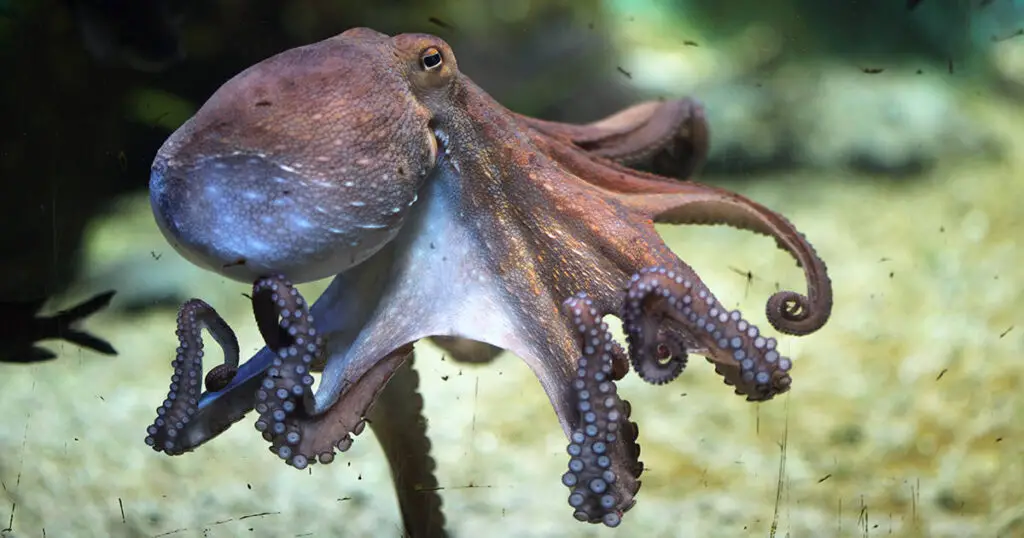
Octopuses have always had a “mysterious genius” vibe, but now it’s official: they’re tool users and petty queens. Scientists have documented them collecting coconut shells to use as portable hideouts, and some even throw objects at each other when annoyed. No, really—Smithsonian Magazine covered it after researchers caught octopuses on camera hurling shells, silt, and algae at rivals (and even at humans).
These aren’t random tosses—they aim. And some of them even change the color of their skin as they wind up, which feels suspiciously like flexing. Beyond the drama, octopuses have complex problem-solving skills and show signs of episodic memory. One study even found they might dream. Dream.
Their brains are distributed throughout their limbs, they open jars, escape tanks, and now they’re engaging in marine-level shade throwing? Octopuses might be the alien overlords we’ve been looking for.
2. Crows Recognize Human Faces—and Hold Grudges
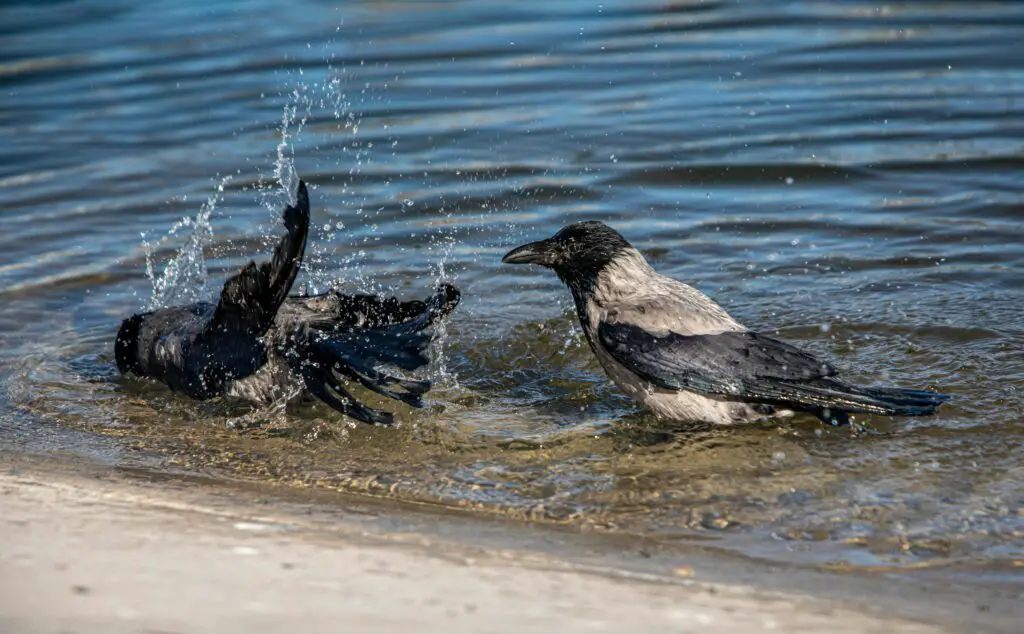
You may have heard crows are smart, but the extent of their cognitive abilities is… terrifying. They not only recognize human faces, they remember which ones are nice—and which ones suck. According to a Times UK report, crows that were captured for research would mob the researchers years later, targeting them specifically—even if they came back in disguises.
Other crows who didn’t witness the event learned to hate those same faces just from watching. That’s next-level social learning. Crows also use tools, solve multi-step puzzles, and are known to leave “gifts” for humans who treat them well. We’re talking shiny trinkets, bottle caps, and beads—crow currency, basically.
It’s giving “neighborhood watch with wings,” and if you mess with them, they will literally send the message down through generations. Be nice to crows. Seriously.
3. Elephants Are Learning to Avoid Humans… and Teach Each Other How

Elephants have always been emotionally intelligent (grieving their dead, comforting friends, etc.), but now they’re getting strategic. In areas with poaching and habitat loss, elephants have started changing their migration routes, moving at night, and even mimicking domestic animal behavior to blend in. A report from National Geographic explains that in parts of Africa, female elephants are evolving to be tuskless—an adaptation that protects them from ivory hunters.
This isn’t just rare—it’s happening at evolutionary speed. Elephants also communicate across long distances using infrasound, so once one herd learns a survival tactic, others follow suit. Basically, they’re building a continent-wide defense network.
They’re evolving in real time to respond to human threats—and in some places, even avoiding crops based on scent cues. Honestly, they deserve a full security clearance.
4. Raccoons Are Becoming Urban Problem-Solving Pros
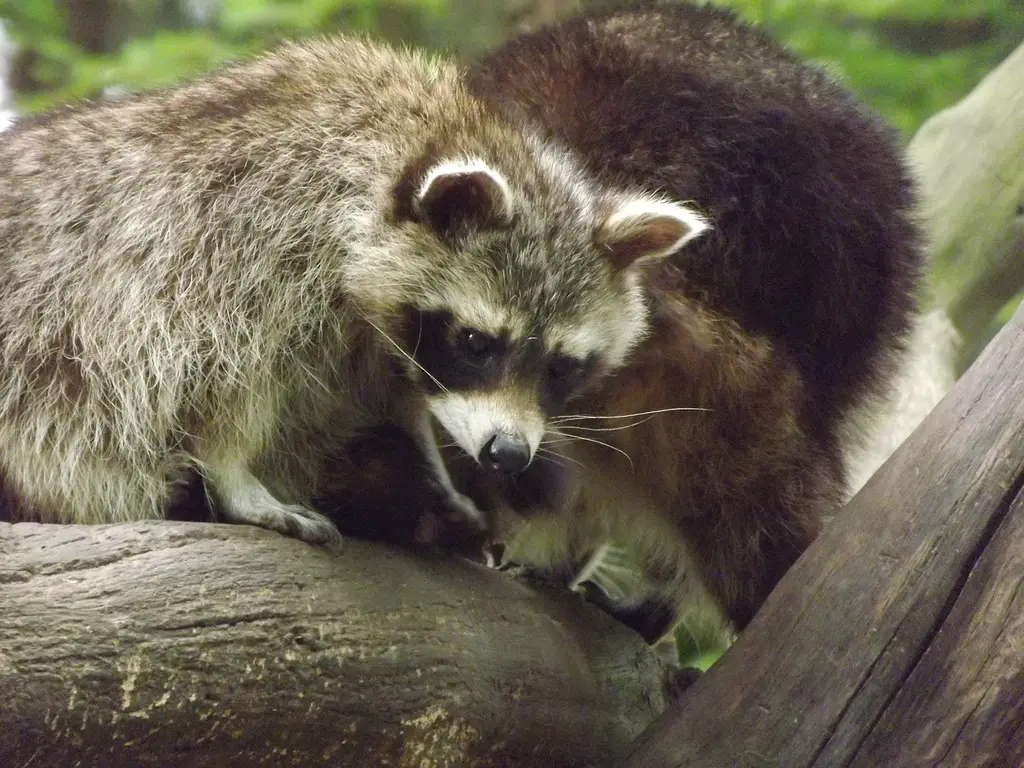
If you think raccoons are just mischievous trash pandas, think again. Urban raccoons are basically running low-stakes heist movies every night. A study highlighted by UC Berkeley revealed that raccoons in cities are getting significantly smarter than their rural cousins—because they have to be.
They’ve learned how to open locked bins, navigate traffic patterns, and even memorize garbage pickup schedules. Researchers have found that city raccoons show improved puzzle-solving abilities and are better at remembering previous experiences. Some even work together to flip heavy lids or time their scavenging for quieter hours.
Their problem-solving is so advanced, scientists now study them to understand how animals adapt to urbanization. Basically, they’re thriving in chaos—and low-key judging your recycling habits.
5. Australian Magpies Are Outsmarting Scientists’ Tracking Tech

Australian magpies are beautiful, brainy, and not here for your experiments. Scientists recently tried attaching tiny tracking harnesses to them to study social patterns. What happened next? The magpies worked together to remove the trackers from each other, one by one.
As ABC News EU reports, this was the first recorded example of wild birds showing cooperative rescue behavior—aka bird besties helping each other ditch the wires. The birds hadn’t been trained to do this. They just figured it out. Fast.
It shows they not only recognize foreign objects on one another but also communicate enough to help remove them. So yeah, if you thought you could spy on magpies and get away with it? Think again. They’re watching you.
6. Pigeons Are Basically Becoming Math Whizzes

Yes, the birds we all collectively side-eye at the park are secretly low-key geniuses. Recent studies show pigeons can understand numerical values and even perform basic math—like distinguishing between different quantities or patterns. They’ve also demonstrated the ability to categorize objects, images, and even abstract concepts like symmetry.
In urban areas, pigeons are getting savvier at navigating traffic, avoiding predators, and locating food hotspots (looking at you, sandwich guy on the corner). They remember faces, recognize neighborhoods, and can even be trained to detect medical anomalies, like cancer in lab tests. Scientists now use pigeons in cognitive research not just because they’re common—but because they’re weirdly brilliant.
So next time one stares you down for your fries, just know: they’ve probably already calculated your next move. Literally.
7. Dolphins Are Learning Dialects—and Names

We’ve known dolphins were smart, but the more we study them, the more we realize they’re basically sea-based linguists. They use unique whistles as “names” to identify each other and can remember these signals for decades. Recently, researchers found dolphins in different regions actually have dialects—local variations in their clicks and whistles.
They also use echolocation not just to hunt, but to understand their environment in ways we still don’t fully grasp. Socially, they form alliances, swap babysitting duties, and even share hunting strategies across pods. When dolphins learn a new behavior, they often teach it to others, spreading skills culturally—not just genetically.
At this point, they’re giving strong “ocean university” vibes. Next stop: group projects and advanced calculus.
8. Wild Boars Are Learning to Outsmart Farmers
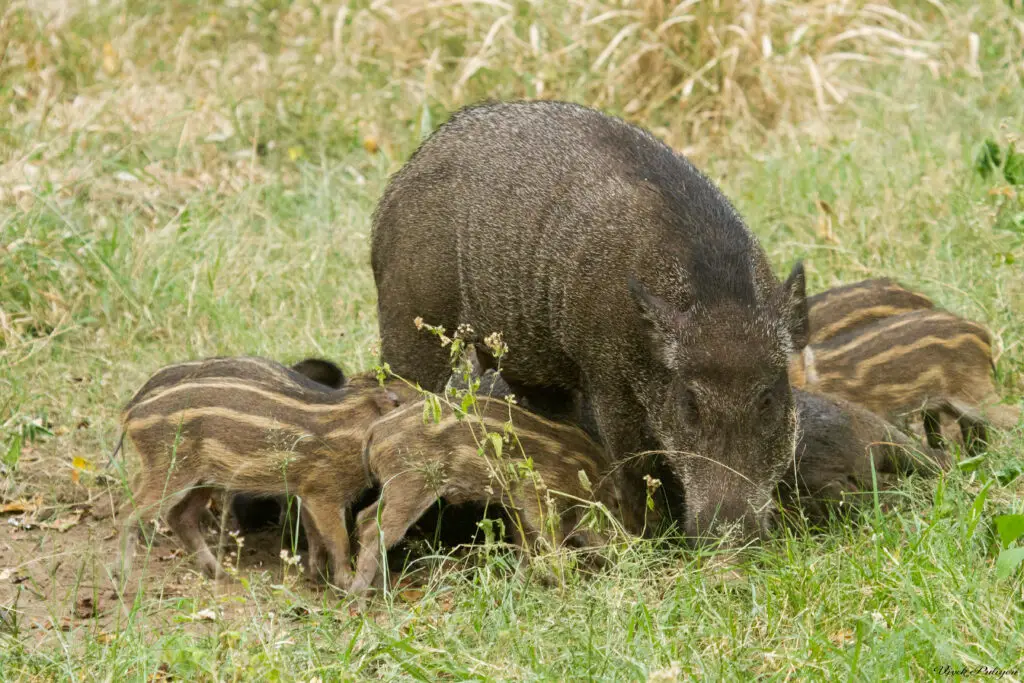
Wild boars have become a global nuisance—but also a global brain flex. They’ve learned how to sneak past electric fences, avoid traps, and raid fields without getting caught. In parts of Europe and Asia, boars are even moving at night and following GPS-like paths to avoid detection.
They’ve adapted their eating schedules based on human activity and use their sense of smell like biological radar. In some areas, they’ve even been caught using decoys (like sending a juvenile first to test traps). Their growing intelligence is paired with physical toughness, making them hard to deter and even harder to remove.
It’s basically a pig-led resistance movement—and they’re getting more organized by the season.
9. Ants Are Teaching Each Other in Real Time
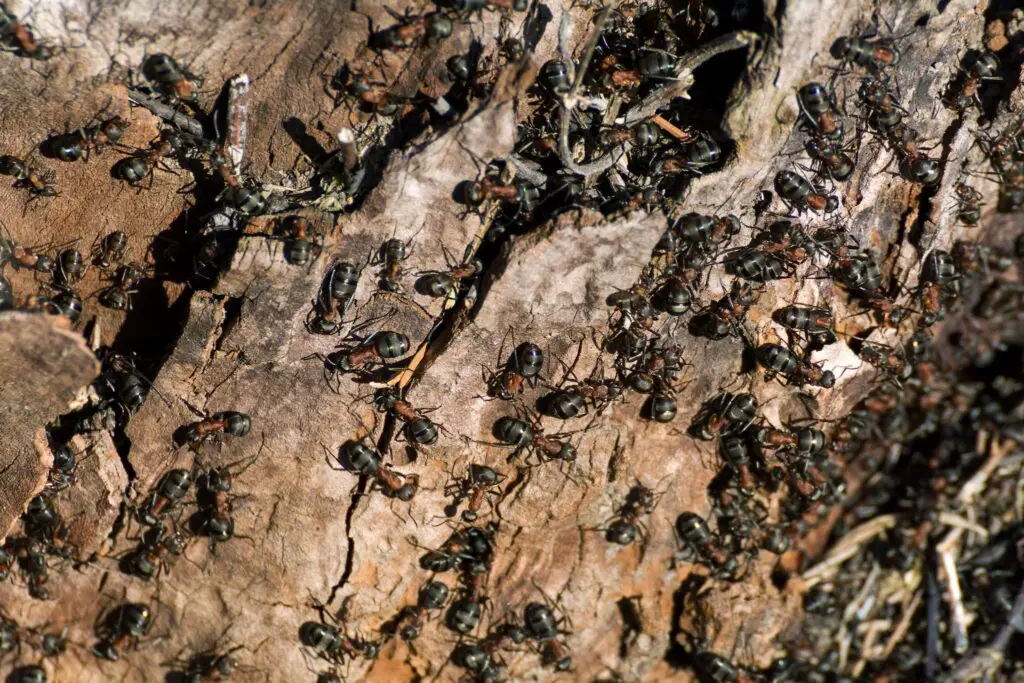
Ants might not seem like brainiacs, but get this: some species literally teach each other through “tandem running.” That’s when one ant leads another to a food source at just the right speed, adjusting based on how quickly the student follows. This kind of real-time teaching, with feedback loops, is rare in the animal kingdom.
They also build living bridges, communicate through complex pheromones, and adjust their roles within the colony based on need—not rank. Ants aren’t just working together. They’re adapting together at lightning speed.
If they were any bigger, we’d all be in trouble. Thankfully, they’re tiny. But they’re watching.
10. Parrots Are Asking Questions—And Telling Jokes
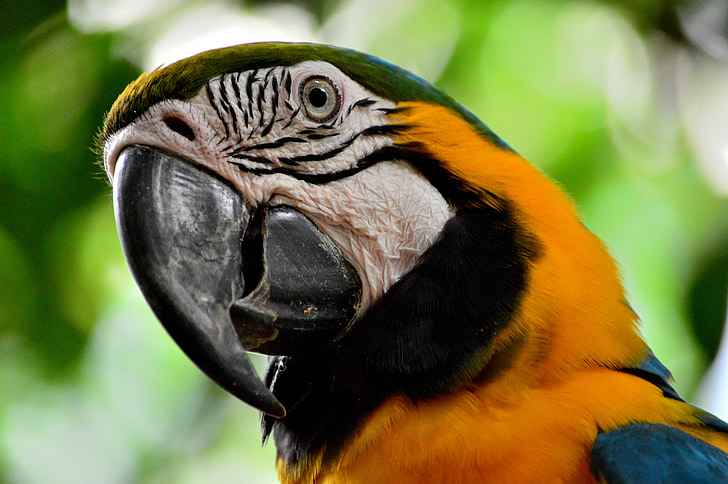
Parrots have long been famous for mimicking speech, but now we know they actually understand more than we thought. Some parrots can grasp the meaning of words, form full sentences, and respond appropriately in conversations. Others have been caught using words in new combinations—basically inventing phrases.
One African grey parrot named Griffin has shown problem-solving skills on par with a 5-year-old human. These birds also display complex emotional behavior: they grieve, bond, and even play pranks on their owners. Some will hide objects just to watch humans react.
It’s not just “Polly want a cracker”—it’s “Polly knows your Wi-Fi password and is judging you.”
11. Bears Are Learning to Pick Locks and Open Doors

Bears used to be forest roamers. Now? They’re knocking politely on cabin doors—or just opening them. Across the U.S. and Canada, bears have learned how to open car doors, operate handles, and even twist doorknobs.
They’ve been spotted checking for unlocked vehicles and targeting coolers in the exact order they were packed. In some cases, they test different garage doors until they find one that gives. Black bears especially have adapted well to suburban environments, timing their visits when people are least likely to be around.
If it has a latch, hinge, or zipper—bears are figuring it out. They’re not burglars. They’re evolving for access.
12. Sea Otters Are Passing Down Craftsmanship
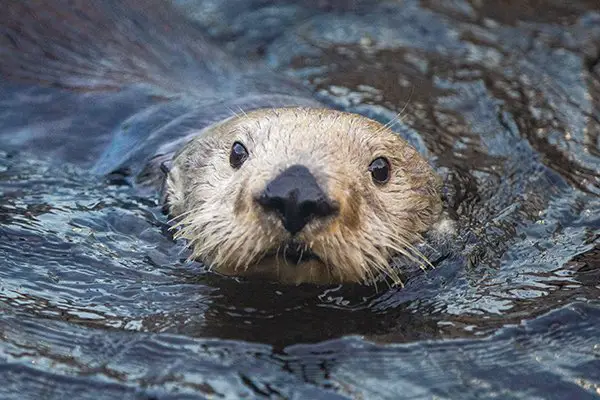
Sea otters don’t just crack shells with rocks—they pass down specific techniques to their young. Some use flat stones, others use hard surfaces, and pups often imitate the exact methods of their mothers. In fact, certain otter groups have “regional” ways of opening food, passed from generation to generation.
That’s culture, baby. And it’s rare outside of primates. Sea otters are also problem-solvers, using debris or even other animals to help with tasks. Their learning curve is steep, but they’re fast studies—and their paws are surprisingly dexterous.
They may look cute and chaotic, but they’re low-key running an intertidal trade school.
13. Dogs Are Learning to Read Us Better Than Ever
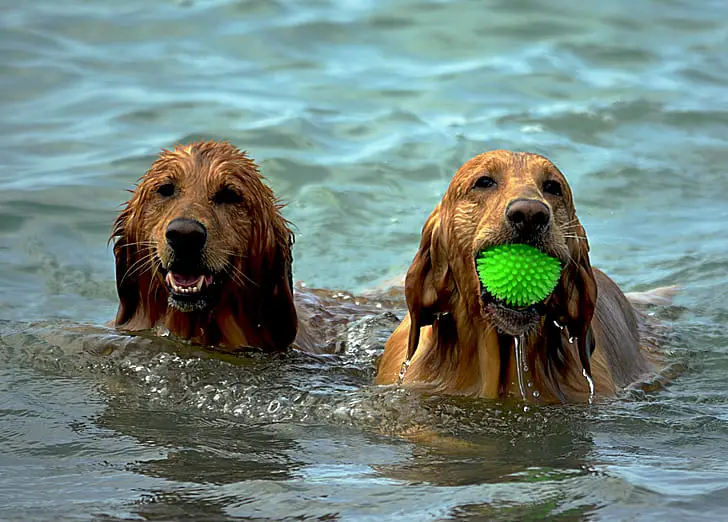
We already knew dogs were good boys and girls, but now it’s clear they’re reading us like open books. They recognize not just words, but tone, body language, and facial expressions—and respond accordingly. Studies show they can tell when we’re sad, angry, or even faking it.
Some dogs can identify over 100 objects by name, follow complex commands, and even anticipate human behavior. Working breeds like border collies and German shepherds are pushing cognitive boundaries, while household pups are picking up habits at startling speeds. They’ve also adapted beautifully to urban life—figuring out elevators, crosswalks, and, yes, how to guilt us with a single glance.
Basically, they’re evolving with us. And in some cases, ahead of us.

